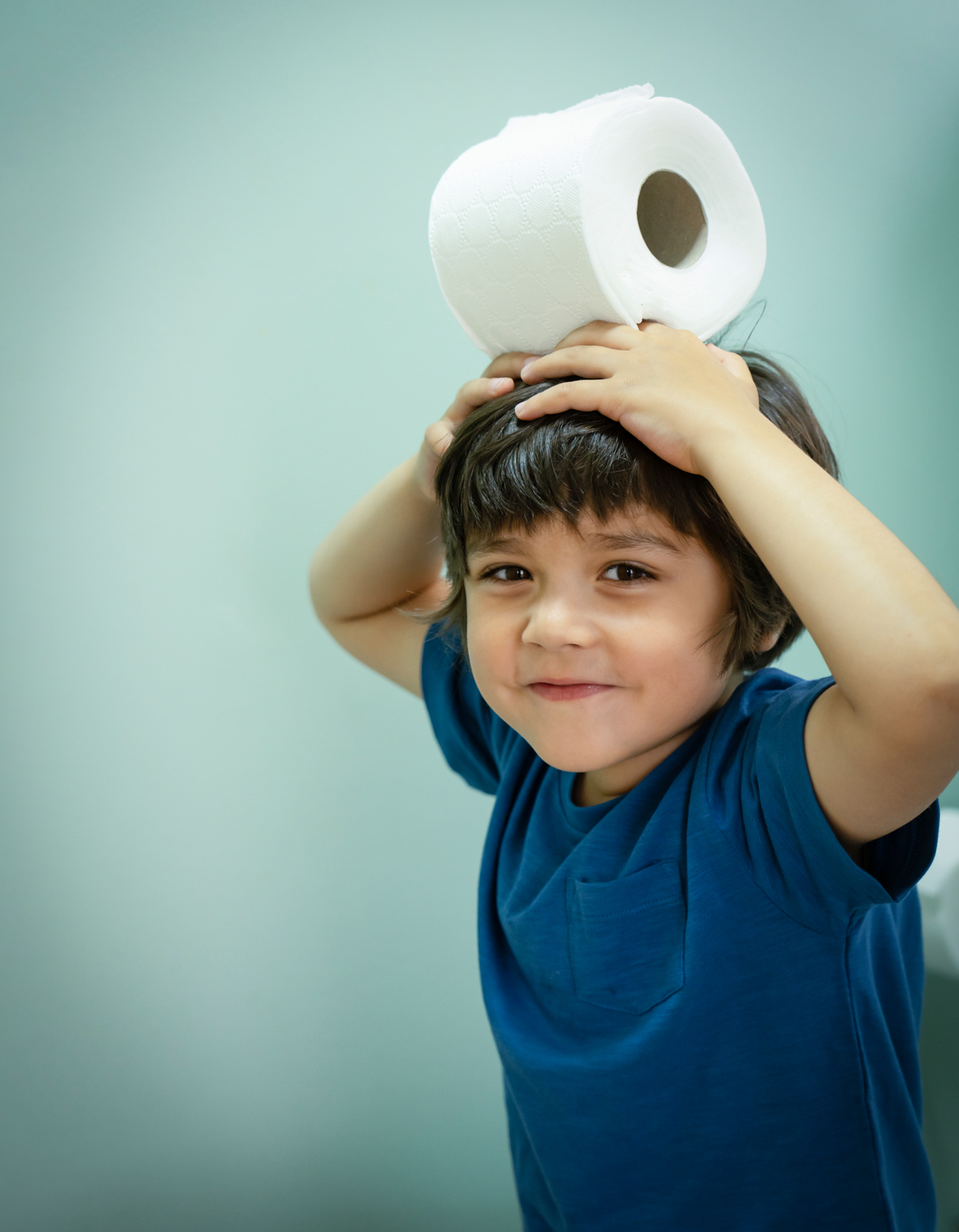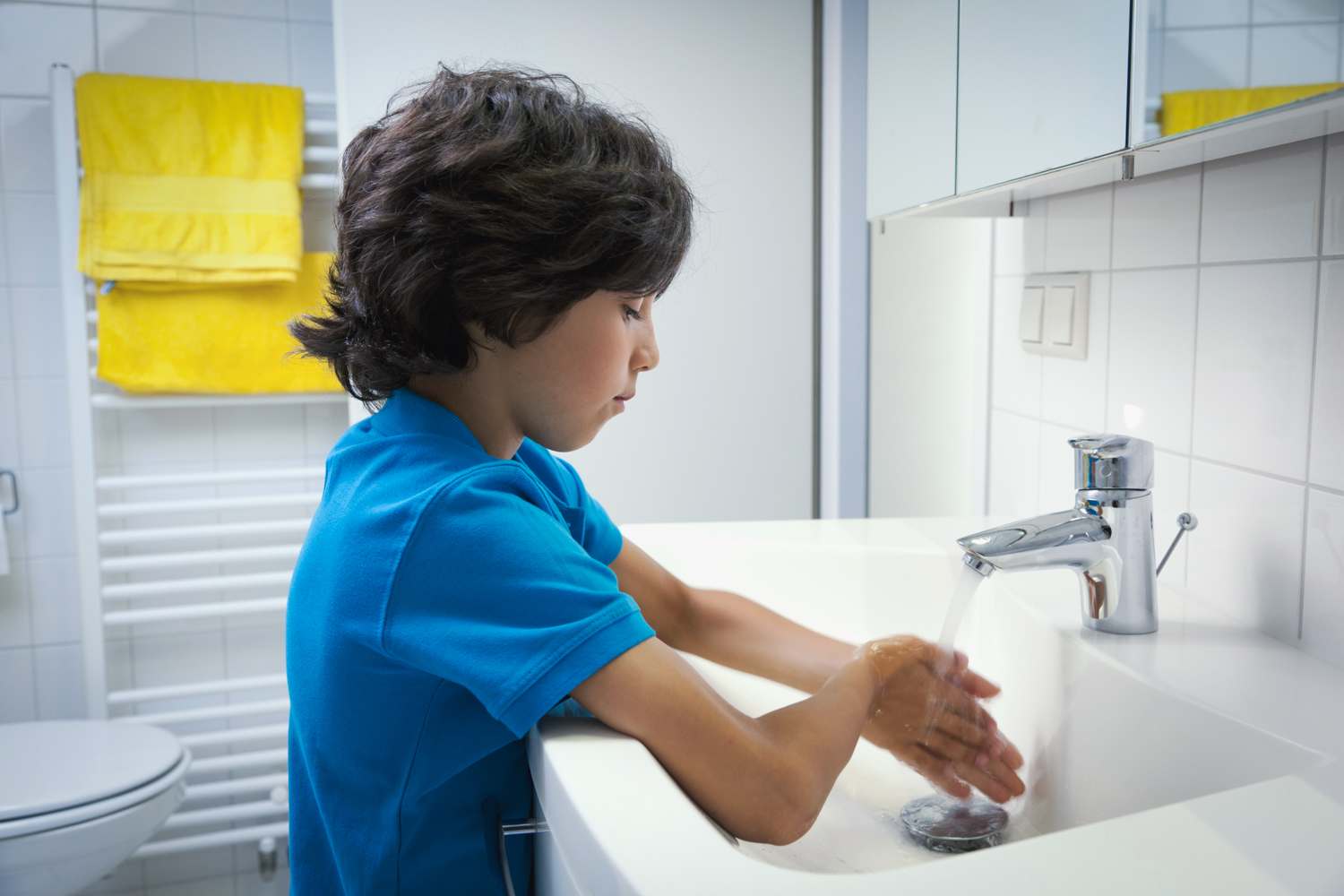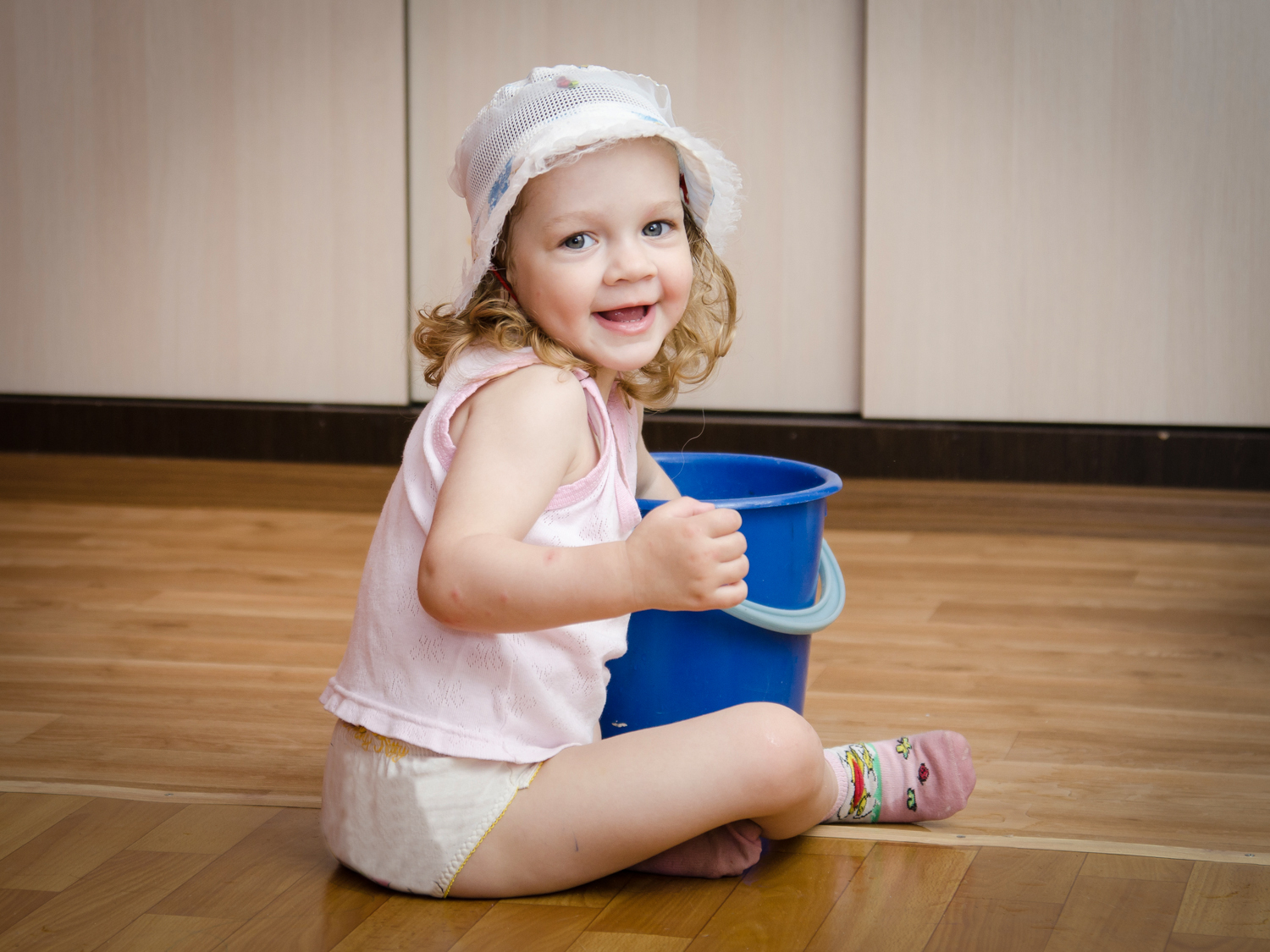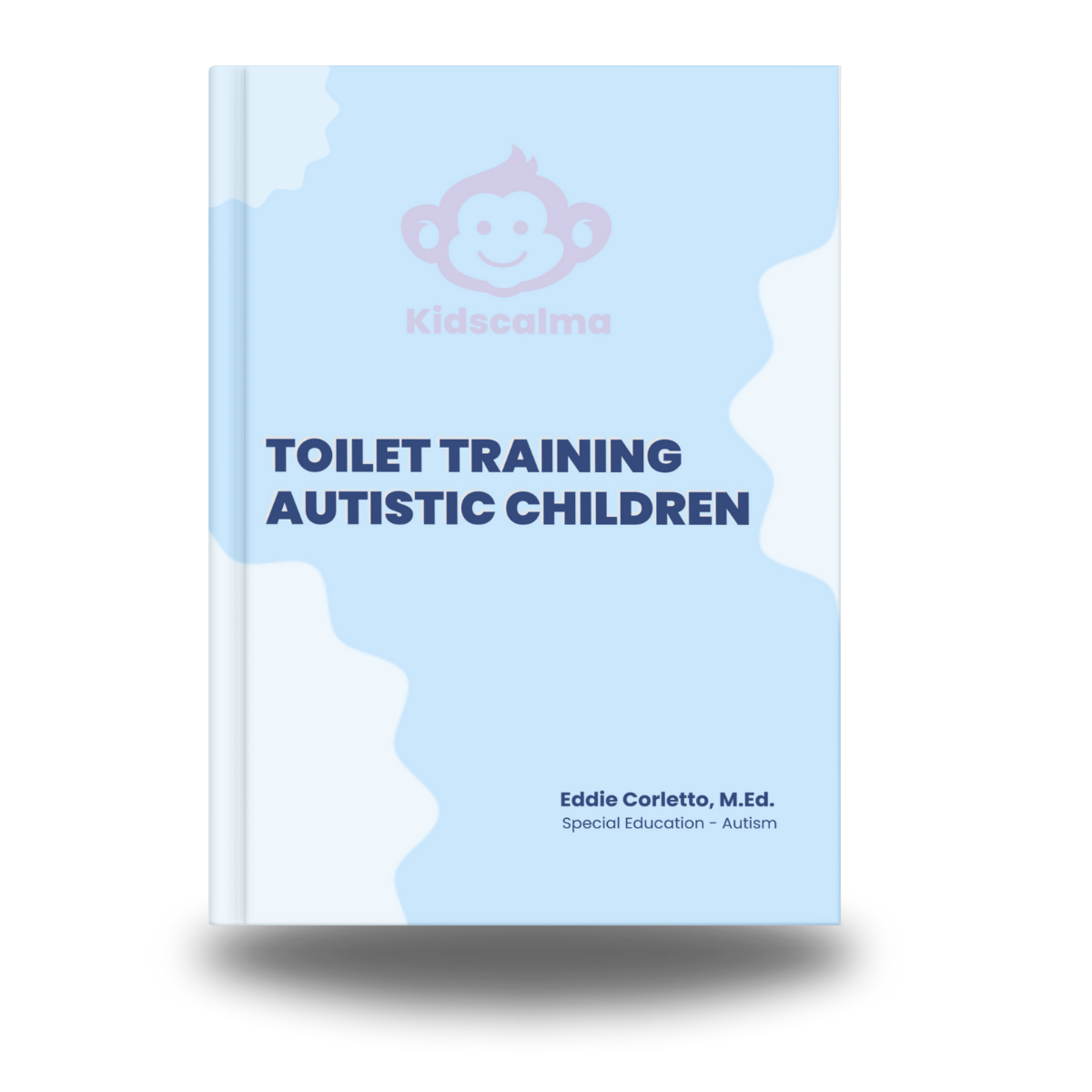Toilet Training Autistic Children

Introduction
Toilet training autistic children can be an overwhelming process, and it often brings an additional layer of challenges. If you’re feeling uncertain about how to approach this significant milestone, know that you’re not alone. The process may take longer than expected, but with the right strategies and a compassionate approach, you can guide your child towards independence. This guide will walk you through essential steps and provide supportive advice for toilet training autistic children.
Potty Training With Autism, is Your Child Ready?
The first step in this journey is understanding when your child is ready. Unlike typically developing children, autistic children might show readiness for toilet training at a later stage, and that’s perfectly okay. Some key signs to look out for include:
Staying dry for at least two hours
Following simple instructions
Showing a need for privacy during bowel movements
You might also notice other behaviors, such as an aversion to wet or soiled diaper, or showing interest in using the toilet. These subtle signals are your child’s way of telling you they are ready to begin. Once you recognize these behaviors, it’s time to start toilet training and lay the foundation for a successful experience.
Preparing for Toilet Training
Preparation is the key to a smoother potty training process. Gather the necessary tools and set up a welcoming environment for your child. Here are some steps to help:
- Equip the Bathroom: An adapted seat and a footstool can make your child feel more secure while sitting on the toilet.
- Create a Positive Environment: Make the bathroom inviting by adding colorful stickers or small toys that your child enjoys. This will help them feel more at ease in a space they might initially find unfamiliar or intimidating.
- Build Associated Skills: Encourage skills like pulling up pants and washing hands, which are crucial parts of the toilet routine.
Remember, every child is unique, and taking an individualized approach is crucial. Tailor these preparations to fit your child’s specific needs and sensitivities to create an atmosphere that promotes learning and comfort.
Establishing a Routine
Children on the autism spectrum often thrive with routine and structure, which is especially important when potty training with autism. Implementing a consistent schedule will help your child anticipate when it’s time to use the toilet, reducing anxiety. To build a reliable routine:
Schedule Toilet Breaks: Start taking your child to the toilet at regular times throughout the day, even if they don’t say they need to.
Use Clear, Simple Language: Consistently use the same word for the toilet, like “potty” or “toilet,” rather than switching between terms. This consistency will help your child better understand what is expected.
Consistency is Key: Ensure that all caregivers and family members follow the same routine. By maintaining a unified approach, you reinforce the learning process and prevent confusion.
Using Visual Supports
For many autistic children, visual aids clarify the steps involved in toilet training. You can use:
Visual Schedules: A picture chart outlining the steps, from sitting on the toilet to flushing and washing hands, can be a valuable tool. Place it somewhere visible in the bathroom as a reminder.
Social Stories: These personalized short stories can explain the toilet routine in a simple, relatable way. Reviewing these visual supports with your child a few times each day reinforces learning.
Visual aids help bridge the gap between verbal instructions and actions, making it easier for your child to comprehend the process.
Positive Reinforcement Techniques
Positive reinforcement is a cornerstone of effective toilet training for many children. Rewarding your child for their efforts, even the small victories, can go a long way. Here’s how to implement this technique:
Immediate Rewards: Offer a small treat, sticker, or favorite activity right after your child successfully uses the toilet. The reward should be something your child really enjoys.
Verbal Praise: Constant encouragement like, “Great job using the toilet!” Boosts your child’s confidence. While money can be helpful at first, regular verbal praise is important to keep people motivated over time.
Be patient and remember that each small success brings your child closer to becoming fully toilet-trained.
Handling Common Challenges
Toilet training comes with its share of toilet training challenges, particularly for autistic children. Some challenges you might face include:
Avoidance of Using the Toilet: It’s not uncommon for autistic children to avoid the toilet. This could be due to anxiety, sensory sensitivities, or even medical issues like constipation. If avoidance persists, consult with a pediatrician to rule out any underlying health problems.
Accidents: Accidents are a normal part of the learning process. Approach these situations calmly, without reprimanding your child. Offer gentle reminders and focus on positive reinforcement when they succeed.
Motor Skill Difficulties: Some children may struggle with the physical act of sitting on the toilet or pulling up their pants. Break these tasks into smaller steps and practice them separately.
Keep in mind that patience is critical. Your child is learning something new, and setbacks are a natural part of the process.
Communicating Needs
Many autistic children have difficulty expressing the need to use the toilet, so here are some toilet training tips to help them communicate this need. To help them communicate this need, you can use several strategies:
Teach Simple Words: Start by teaching basic words like “potty” or “toilet.” Use these words consistently during the toilet routine.
Use Visual Supports: Tools like the Picture Exchange Communication System (PECS) can help non-verbal children communicate their needs. A picture of a toilet, for instance, can be a way for your autistic child to signal that they need to go.
Modeling: Show your child how to communicate the need to use the bathroom through simple gestures or visuals. Regular practice will help them understand how to express this need in a way that works for them.

Encouraging Independence
As your child becomes more comfortable with the toilet routine, it’s important to gradually promote independence. Begin by allowing your child to handle small tasks on their own, like pulling up their pants or flushing the toilet.
Step-by-Step Learning: Start by teaching one part of the routine, like sitting on the toilet, and once they’ve mastered that, move on to the next step. Breaking down the process into manageable pieces can prevent your child from feeling overwhelmed and help them become potty trained.
Gradual Fading of support: As your child becomes more confident, slowly reduce the level of support you provide. This will empower them to take charge of their own toileting needs over time.
Consistency Across Environments
It’s crucial to ensure that the routine for toilet training children is followed consistently, whether your child is at home, school, or daycare. Consistency across environments helps reinforce learning and reduces confusion.
Coordinate with Caregivers: Work with teachers, daycare staff, and other caregivers to ensure they are following the same toilet training routine as you are at home. Share visual support and schedules with them to maintain a uniform approach.
Practice in Different Settings: Encourage your child to practice using the toilet in different places. This helps generalize the skill, ensuring they can use the toilet in various environments, not just at home.
Dealing with Setbacks
Setbacks are a normal part of the process to toilet train, especially with children on the Autism spectrum. There may be times when your child regresses or faces additional challenges. Here’s how to manage these moments:
Stay Calm: Try not to focus too much on accidents or setbacks. Reacting with frustration can create anxiety for your child.
Seek Professional Help: If you see problems or resistance, talk to a behavior or occupational therapist. They can offer specific strategies tailored to your child’s needs.
Pause When Necessary: If toilet training becomes too stressful for you or your autistic child, it’s okay to take a break. Sometimes, stepping away for a while can reset the process and give you both a fresh perspective.
Conclusion: The Journey to Success
Toilet training an autistic child requires patience, persistence, and a lot of compassion. By knowing when your child is ready, making a safe place, and staying consistent, you can help your child succeed. Remember that this is a journey, and every child progresses at their own pace.
Celebrate the small victories, stay positive, and know that with time, your child will gain independence in this area. Together, you can tackle the challenges of toilet training, and in the end, you’ll both come out stronger.

Frequently Asked Questions
What are the signs that my autistic child is ready for toilet training?
To know if your child is ready for toilet training, look for signs such as staying dry for at least two hours, seeking privacy when having a bowel movement, and being able to follow simple instructions. Keep in mind that autistic children might show these signs at a later stage than their typically-developing peers, and that’s perfectly normal
How can I prepare my child for toilet training?
Preparation is key to making toilet training easier for your child. Start by gathering all the necessary tools, like switching from diapers to underwear, offering extra liquids, and encouraging related skills like pulling up pants and washing hands. Consistent language and visual schedules will also help create a routine that your child can follow and understand.
What if my child has sensory sensitivities that make toilet training difficult?
Sensory sensitivities can make toilet training tricky. To help your child feel more comfortable, you can dim the lights, allow them to wear noise-canceling headphones, or give them a comforting object like a fidget toy to hold while on the toilet. These adjustments can make the bathroom environment feel less overwhelming.
How can I encourage my child to communicate their need to use the toilet?
Using specific words, gestures, or visual aids like picture charts or the Picture Exchange Communication System (PECS) can help your child signal when they need to go. These tools make it easier for them to express their needs, even if they aren’t using words.
What should I do if my child has setbacks during toilet training?
Setbacks are a normal part of toilet training, especially for autistic children. If regressions happen, stay calm and patient. You might want to talk to a doctor, check for any health problems, and remember that it’s okay to stop and try again later. Keeping a positive mindset and offering encouragement will help your child continue to make progress.

Hey there! I’m Eddie Corletto, the passionate mind behind kidscalma.com. A proud father of an autistic teenager. A special education teacher with over ten years of experience in the classroom. I hold a master’s degree specializing in Autism and Sensory Processing Disorders. I am deeply committed to supporting autistic children and their families. Kidscalma is my platform to share both my professional and personal experiences. I specialize in creating helpful resources for parents and educators supporting children on the Autism spectrum, Sensory Processing Disorder, and other learning disabilities. When I’m not in my classroom or writing, you might catch me hiking with my family or cycling around the scenic roads of California’s Central Coast. I believe our children can achieve amazing things every day. Connect with me on Facebook or subscribe to my blog for more insights and resources!

Toilet Training Autistic Children
Eddie Corletto, M.Ed. Special Education
Published September 06, 2024
Like and Follow us on Facebook Page and visit may our Amazon Store
Other blogs
Sensory Overload in Autism and SPD: A Parent’s Guide
Sensory Overload Sensory overload is a term that resonates deeply with parents of exceptional children. It describes a state where the brain...
Why Autism Head Banging Happens and how to Help?
Navigating the challenges of self-injurious behaviors (SIBs), including head banging behavior, can be emotionally challenging for families of...
Why are Sensory Swings Essential for Kids With Autism?
A therapy swing, also known as a sensory swing, like the one shown by Kidscalma, is a tool that helps manage Sensory Processing Disorders. It does...
How Weighted Lap Pads Calm Sensory Overload?
It can be hard to deal with sensory problems in autistic children. But with tools like the weighted lap pad from Kidscalma, we can make them feel...
What are Sensory Problems in Autism?
Welcome to our exploration of sensory problems in autism. Sensory challenges autism often requires various therapeutic interventions to support...
